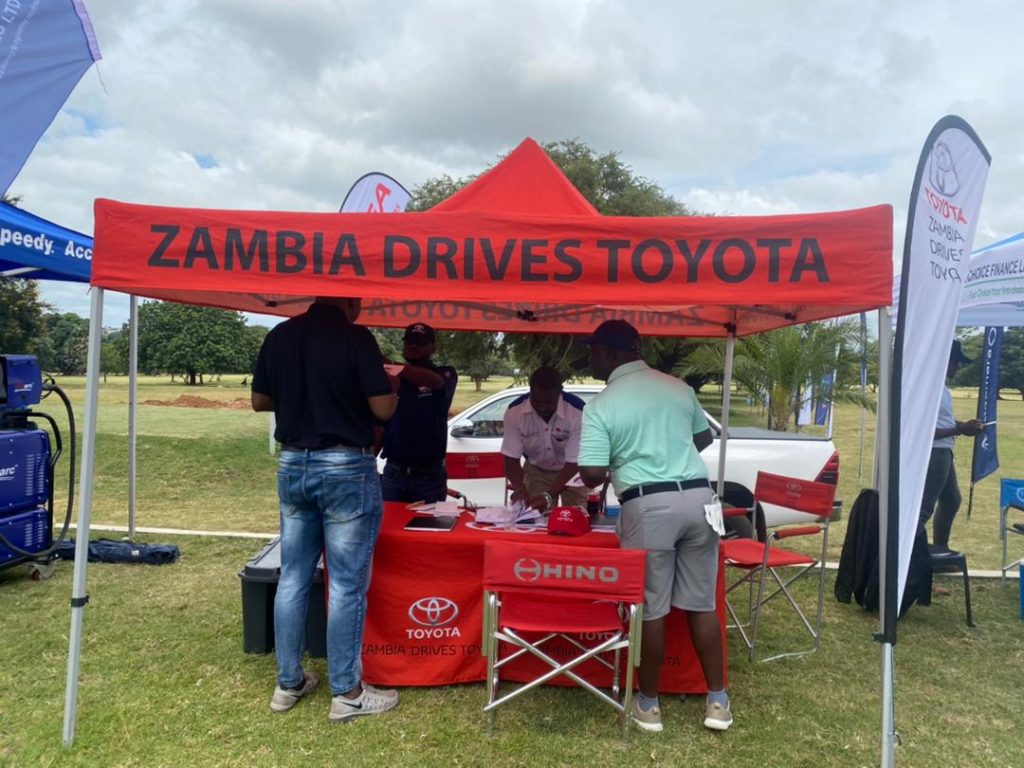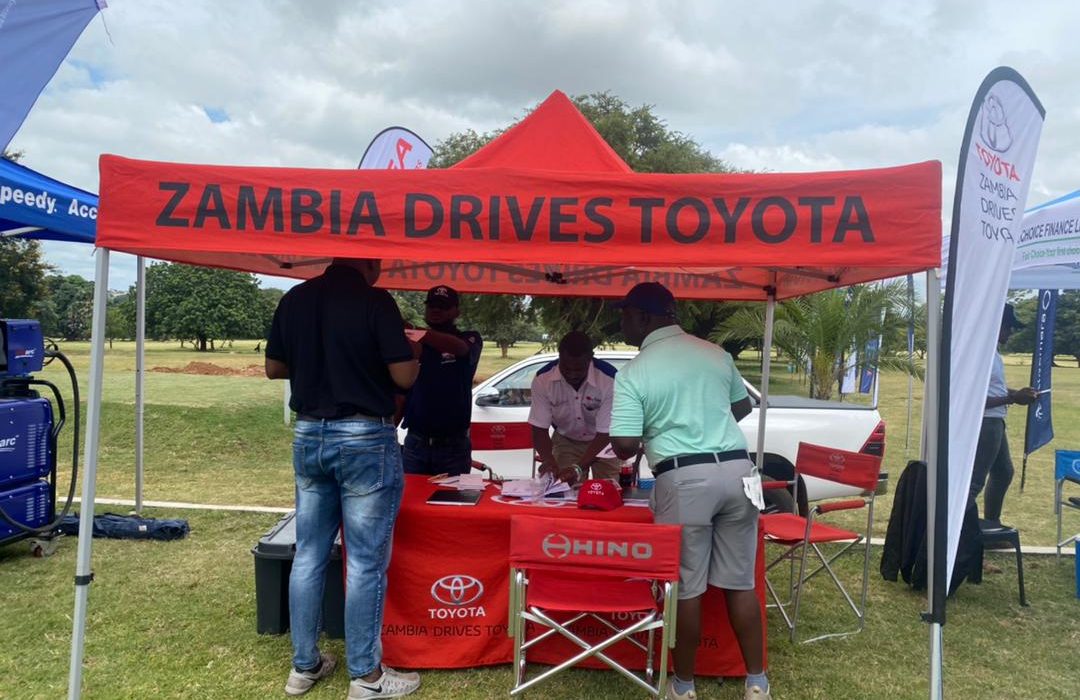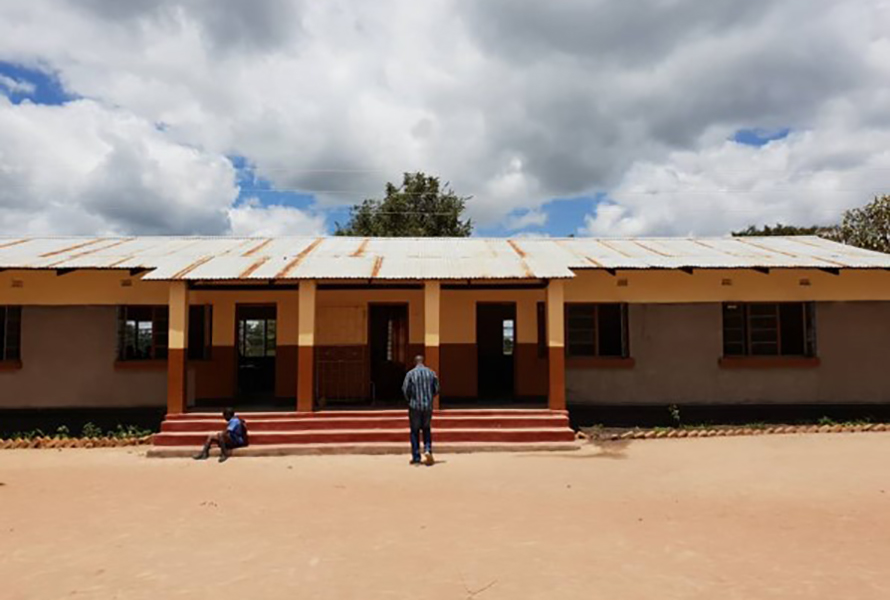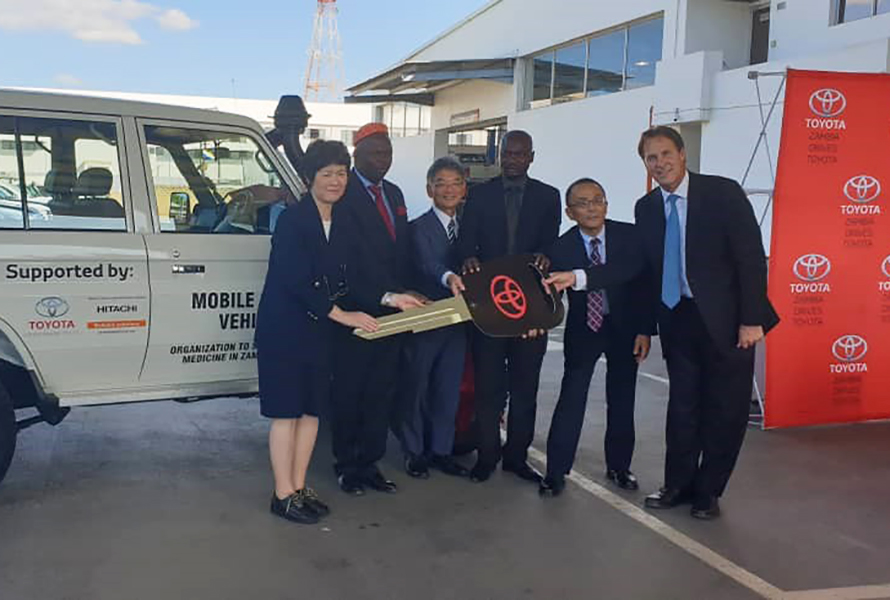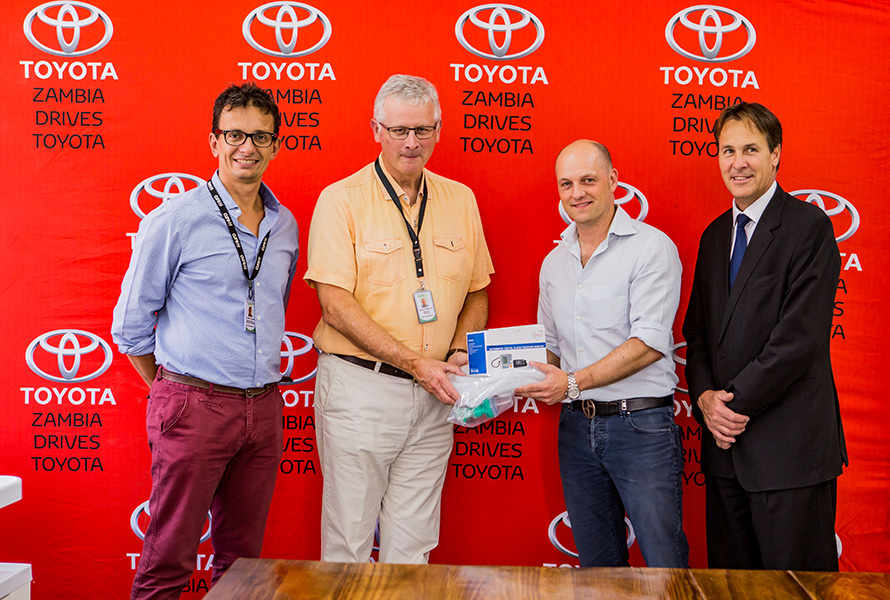We are delighted to have taken part in the Zambia Sugar Golf tournament which took place today the 31st of March 2023 in Mazabuka from 07:00hrs to 17:00hrs . We took part in the tournament which was aimed at giving by to the community from the proceeds of the tournament. Aside from networking, enhancing brand recognition and reputation, Cfao Motors takes pride in promoting good cause events as a way of giving back to the community.
The Toyota Hilux was displayed for golfers to view as the passed through our stand, where our friendly sales consultant assisted with information regarding features of the vehicle encouraging customers to book for test drives.
We would like to congratulate the winners and extend gratitude to everyone that passed through our stand.
